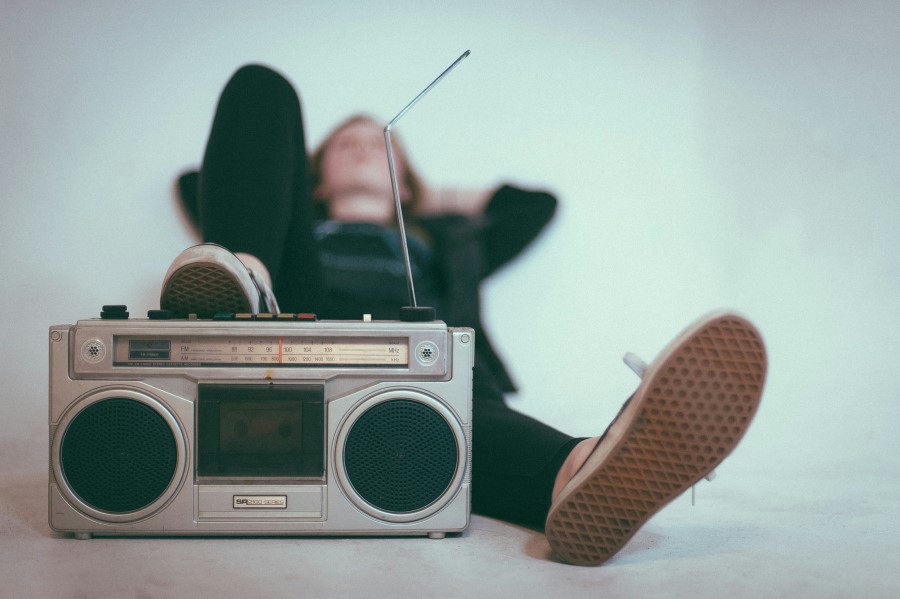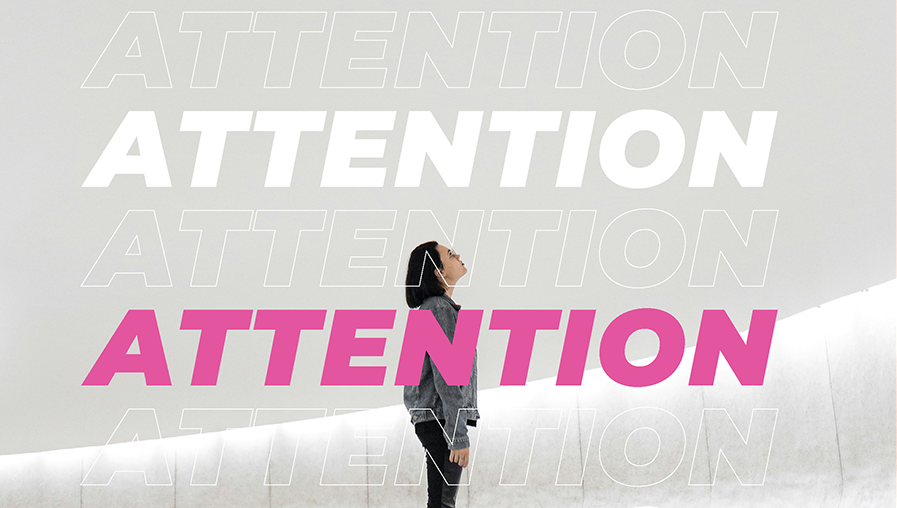Linear Radio is experiencing record-breaking growth, having reached over 40 million weekly listeners for the first time. While linear TV – its traditional sister medium – has become unstuck in the streaming era, linear radio, and radio advertising, have staged a thrilling comeback.
Rajar’s Q2 2024 figures reveal that linear commercial radio – the kind you listen to through a smart speaker, digital radio or other traditional devices, but retains the live programme schedule and one-to-many broadcast feel of the analogue era – is getting more ears than ever.
This resurgence would be an exciting case study in itself of how media can build-in sustainability by focusing on what’s really satisfying about audience experience.
But much of the growth is located in commercial radio, so also represents an increase in available audio ad space – peeling off market share from the ad-free BBC, who have responded by launching four new stations this year. The expanding trend presents a timely opportunity for brands to tap into multiple vibrant and engaged audio audiences.
Audio advertising: Hear the difference
With commercial radio now commanding a 55% share of listening, those intimate and trusted moments that radio specialises in are now more available than ever to advertisers looking to tune in.
Radio advertising allows for a more familiar form of storytelling, allowing campaign messages to slide into your audience’s day-to-day listening habits. Because radio is a low-attention medium compared to TV (meaning your audience can be multi-tasking while listening), you can time your messages to resonate with the activities you know your audience are pursuing at that moment.
It’s not just drive time and breakfast time – now you can design ad content for laundry time, dinner time and even nap time.
It could be a lively joke or a catchy jingle during the morning commute. Or a compelling, lean-in narrative while cooking dinner. Radio advertising taps in to all these different depths of attention and different types of head space to form a lasting impression and positive sentiment for your brand.
And because the sector is seeing such growth, new channels are launching regularly (148 new local radio stations came online in 2022 alone) – making radio ad inventory efficient, abundant and targetable.
The future sounds bright
The beauty of radio 100 years ago was its ability to unite people across great distances. Think of Roosevelt’s presidential fireside chats, which he used to bind together an American people in the grip of the Great Depression and frightened by war.
Or as DJ Scott Mills said when he left Radio One in 2022 –
‘If you ever feel like there’s no one there. Or if you ever feel lost.
Or if you feel there’s nothing good around you.
I’ll say one thing to you:
Turn on the radio.’
Today’s radio listeners still know that thousands just like them are listening to the exact same words at the exact same moment. There’s huge comfort and power in that, which the hyper-personalisation of digital was never quite able to match.That’s how radio hung on as long as it did. Long enough for it to transform into something quite different.
On first listen, the resurgence of linear radio might seem too traditional to be transformative. But the way the age-old medium has been empowered to live its best life again, through digital hybridity and new tech-enabled audience conditions, make it an outstanding case study in media’s ability to evolve and thrive.
As radio continues to adapt to new technologies and listener preferences, it presents a vibrant opportunity for brands to reach audiences on their feet, on the street, deep in their homes – and deep in their hearts.





